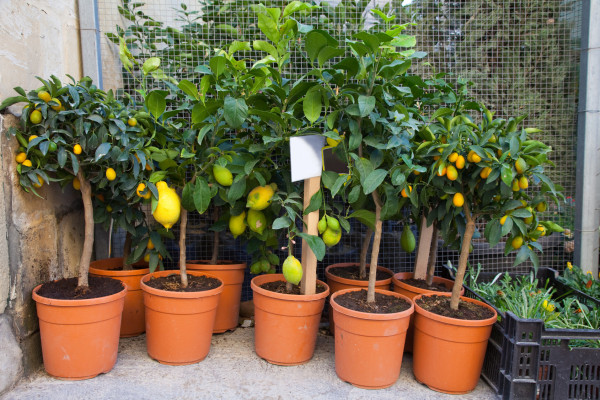Citrus fruits are not only delicious but also incredibly versatile, adding zesty flavors to everything from drinks to desserts. While citrus fruits are readily available at most grocery stores, there's something special about growing your own. Fortunately, citrus is relatively easy to grow in many parts of the world. Whether you're an experienced gardener or a newbie, here are some tips and tricks to help you grow your own citrus at home.
Choosing the Right Citrus Variety

The first step to growing citrus is choosing the right variety for your climate. Citrus trees are categorized into two groups: cold-hardy and warm-weather. If you live in a region with cold winters, you'll want to choose a cold-hardy variety, such as Meyer lemon, limequat, or kumquat. On the other hand, if you live in a region with mild winters, you can grow warm-weather varieties such as oranges, grapefruits, and mandarins.
Planting Your Citrus Tree
Once you've selected the right variety, it's time to plant your citrus tree. Citrus trees can be grown in the ground or in containers. If you choose to grow your citrus tree in the ground, select a sunny, well-draining location. Citrus trees need at least six hours of sunlight each day, and well-draining soil to prevent root rot.
If you're growing citrus in a container, select a pot that's at least 18 inches in diameter and has drainage holes. Fill the pot with a high-quality potting mix, and make sure the soil is well-draining. Place the container in a sunny location, and water the tree regularly, but don't overwater.
Caring for Your Citrus Tree
Citrus trees require regular care to stay healthy and productive. Here are some tips to keep your tree thriving:
Watering: Citrus trees require regular watering, especially during hot, dry weather. Water your tree deeply once a week, making sure the soil is moist but not waterlogged.
Fertilizing: Citrus trees are heavy feeders and require regular fertilization to stay healthy. Fertilize your tree with a citrus-specific fertilizer every four to six weeks during the growing season (spring and summer).
Pruning: Citrus trees require minimal pruning, but it's important to remove dead, damaged, or diseased branches. Prune your tree in late winter or early spring before new growth begins.
Pest and Disease Control: Citrus trees are susceptible to a variety of pests and diseases, including aphids, scale insects, and citrus greening disease. Monitor your tree regularly and take action at the first sign of pests or disease.
Harvesting Your Citrus Fruit
The best part of growing your own citrus is harvesting the fruit. Here are some tips for harvesting your citrus:
Timing: Citrus fruits are ready to harvest when they reach their full color and flavor. For example, oranges should be a deep orange color, while lemons should be bright yellow.
Harvesting: Citrus fruits are delicate and should be harvested by hand. Use a pair of pruning shears or scissors to cut the fruit from the tree, leaving a small stem attached.
Storing: Citrus fruits can be stored at room temperature for up to a week or in the refrigerator for up to a month.
In conclusion, growing your own citrus is a rewarding experience that's easier than you might think. By choosing the right variety, planting your tree correctly, and providing proper care, you can enjoy a bountiful harvest of delicious and nutritious citrus fruits.



















